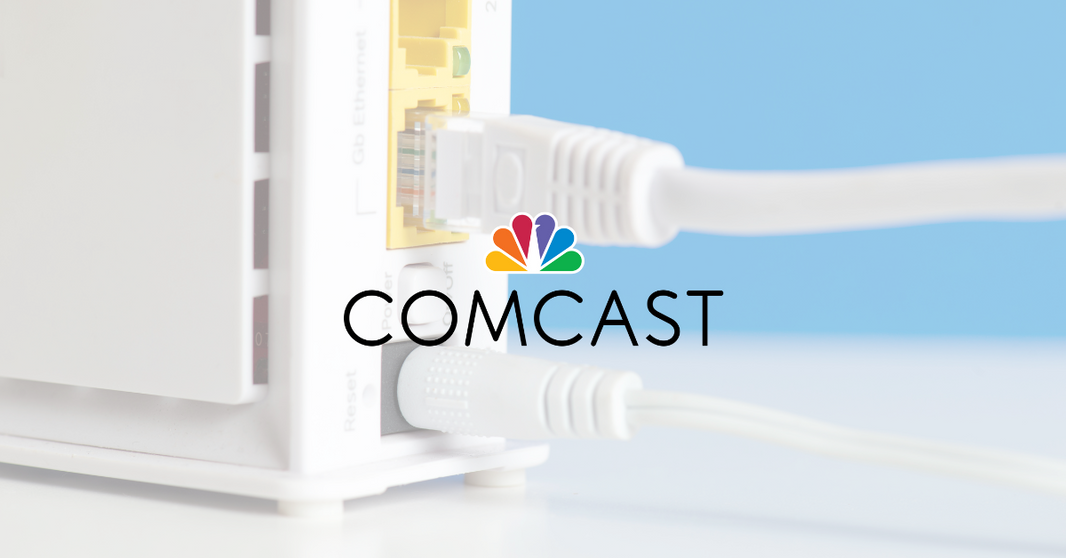Why a Proper Router‑Modem Setup Matters
A correctly connected router and modem deliver the speed you pay for, strengthen security, and reduce drop‑outs. Let’s dive into the exact steps.
Step 1 — Identify the Hardware: Modem vs Router
-
Modem: Bridges your home to your ISP’s network.
-
Router: Distributes that internet connection to every device and adds a layer of internal security.
Step 2 — Gather the Essentials
-
Modem
-
Router
-
Two high‑quality Ethernet cables (Cat 5e or better)
-
Power adapters for both devices
Step 3 — Connect the Modem to Your ISP Line
-
Plug the coaxial, DSL, or fiber line from your wall jack into the modem’s WAN/Internet port.
-
Secure any threaded connectors by hand—avoid overtightening.
Step 4 — Link the Modem to the Router
-
Insert one end of an Ethernet cable into the modem’s LAN port.
-
Plug the opposite end into the router’s WAN/Internet port.
Step 5 — Power Up & Wait for Sync
-
Connect each power adapter to a surge‑protected outlet.
-
Turn on the modem first; wait until its Online light turns solid.
-
Power on the router; allow 1–2 minutes for boot‑up.
Step 6 — Log In and Configure the Router
-
On a device connected via Wi‑Fi or Ethernet, open a browser.
-
Enter the router’s IP (commonly 192.168.0.1 or 192.168.1.1).
-
Sign in with the default credentials (often admin/admin).
-
Change the login password, then set:
-
SSID (network name)
-
Strong WPA2/WPA3 password
-
Optional: automatic firmware updates for security
-
-
Save settings and reboot if prompted.
Step 7 — Connect Devices to Your New Wi‑Fi
-
On each phone, tablet, or computer, open Wi‑Fi Settings.
-
Select the new SSID.
-
Enter your fresh password and confirm connection.
Quick Troubleshooting Checklist
-
Loose or damaged cables? Reseat or replace.
-
No internet light on modem? Contact your ISP.
-
Router not broadcasting Wi‑Fi? Reboot, then check SSID broadcast settings.
-
Still stuck? Perform a factory reset (pin‑hole button) and repeat setup.
Frequently Asked Questions
Q1 – Do I always need both a modem and a router?
Most cable or DSL plans do. Some ISPs provide a single “gateway” that combines both functions.
Q2 – Which Ethernet cable category should I buy?
Cat 5e handles up to 1 Gbps; Cat 6 or Cat 6a future‑proofs for multi‑gig speeds.
Q3 – Can I keep the default Wi‑Fi password printed on the router?
You can, but changing it lowers the risk of neighbors or wardriving attacks.
Q4 – Why does power‑cycling fix most issues?
It clears memory caches and forces a fresh handshake between modem, router, and ISP servers.
Q5 – Is it safe to use the same password for router login and Wi‑Fi?
Use separate, strong passwords; compromising one shouldn’t compromise the other.
By following these seven numbered steps, you’ll enjoy a faster, more reliable—and far more secure—home or office network.








